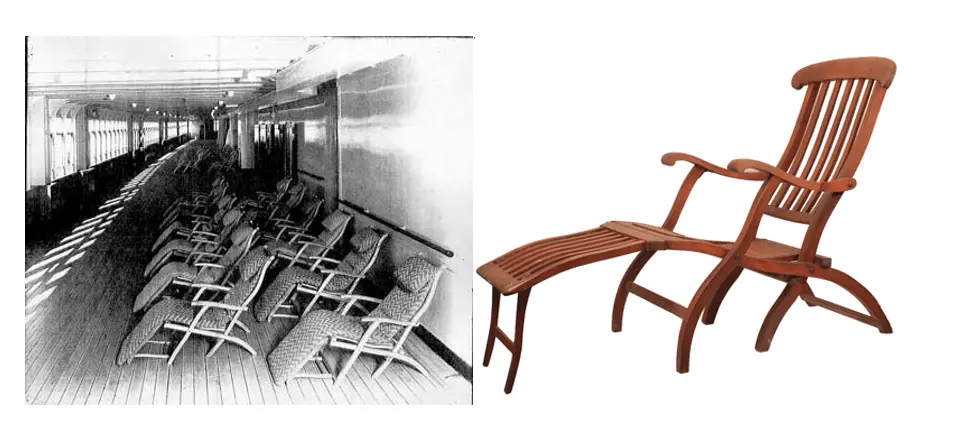
CARING FOR YOUR DECK CHAIR
We hope you have many happy times in your new deckchair which will last you many years once you take the time to give them a little “tlc” every now and again. We have set out below just some simple suggestions to keep your deckchair in the best condition.
- Storage: When your chair is not in use we do recommend that you store your deckchair indoors in a dry location. This guidance is more relevant for chairs with cotton slings, however, even though the polyethylene slings are more hard wearing and can withstand harsh weather we also recommend storing these indoors when not being used. The chairs can be folded up and hung up for easy storage so they won’t take up too much space.
- Maintenance: All of our timber frames are made with a sustainable and durable hardwood, finished with teak oil. From experience we have found that adding some wood oil or linseed oil to the wood every year will enhance and protect the frame. If you spot a few scratches on your deckchair, try a light sand and then finish with the wood oil and your chair should look like new.

The Deckchair – not just a chair
Nothing evokes memories of summer and ice cream on the beach like the traditional striped deckchair and whilst they are not as visible now on the beaches and towns as they used to be, their appeal is growing as people now buy them for their gardens and homes. Maybe it’s the bright colours or just the memories of happy times eating fish and chips but these vintage chairs are still as popular as ever.
There have been versions of folding chairs as far back as Viking, Ancient Greeke and Roman times. However, over the centuries the chair designs have changed to suit different needs. In 1855 an American called John Cham introduced a patent for a folding chair which is regarded as the earliest version of the deckchair we use today.
The next adaptation appeared in 1886, when John Thomas Moore from the UK, patented a lawn chair — the “Waverley” which was made up of three wood forms and a piece of marine canvas in olive green. This version is probably the closest to those seen on British and Irish strands, promenades and piers of the early 20th century flocked with tens of thousands of deckchairs in striped canvas — often hired by the hour or the day.
Seen as a luxury item in 1912, six hundred beech folding chairs with a more gentrified two-part caned seat/back and footrest, would sail with the HMS Titanic in 1912, many by R Holman & Co, Boston. There are very few of these left in existence but as you can see from the images whilst they were definitely slight more luxurious with the foot and head rest, the ‘folding chair’ was seen as convenient and easy to store.
Contemporary deckchairs are still very similar in terms of structure but with some slight adaptions such as different varieties of coloured slings, reclining positions and double width chairs.
We hope you enjoy your chair, sit back and relax and enjoy the sun.
